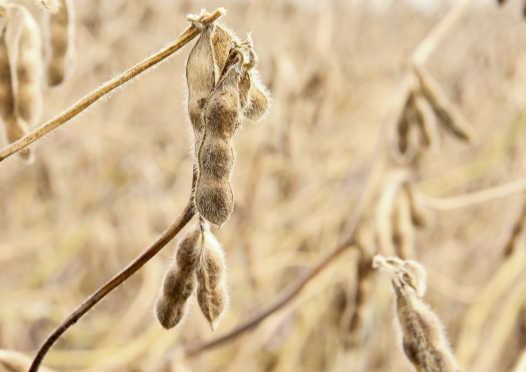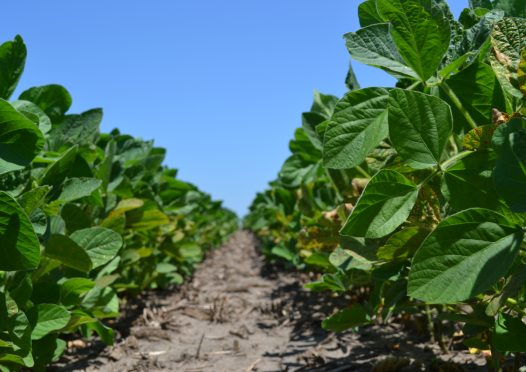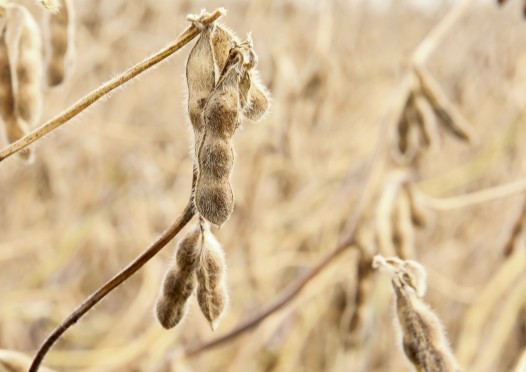ILSOYADVISOR POST
Where’s the Yield Coming From?
The ILSoyAdvisor Yield Challenge harvest is underway as growers begin combining their crops. In the first week of the Yield Challenge we have already received multiple entries breaking 100 bushels per acre! As we wait for all entries to be harvested and yield calculations to be verified by Illinois State University, it’s interesting (and exciting) to see such high yields from multiple Yield Challenge contestants.
The Yield Challenge contest has been around since 2010, and in 2014 we added the 100-Bushel and District Yield contests. Before 2014, contest-winning yields were hitting 70 and 80 bushels. But in 2014 things ratcheted up. Dan Arkels won in 2014 with 103.95 bushels and Robert and Jason Lakey won in 2015 and 2016 with 108.27 and 106.29 bushels, respectively. And we have seen more yields hitting 80 and even 90 bushels, than previously.
But this year we are seeing more high yields and getting good yield reports from around the state. As Pioneer agronomist Pat Reeg said in an e-mail this week, “Everyone is trying to figure out where these yields are coming from considering the stress we experienced this season. Whatever, we will take it!”
Since yield results first started coming in with numbers much higher than expected, I have thought about why beans are hitting such high numbers when the season wasn’t ideal.
Let’s look back at 2016. It was a good soybean year with record-setting yields. Eleven growers participating in the Yield Challenge broke 90 bushels, 20 growers broke 80 bushels and 22 growers broke 70 bushels; impressive results. The 2016 season was cool and moist and it was never too hot, dry or wet. Pretty ideal, or so it seems.
But the downside of a season with such ideal conditions is, typically, soybeans with excessive vegetative growth that easily become rank. With the plant pushing its energy into the excessive foliage, it makes you wonder if that’s putting a drag on yield potential. The 2016 top Yield Challenge yield was 106 bushels, 2 bushels less than 2015—maybe foliage was too excessive and held back the plant’s yield potential.
The 2017 season has not been pretty, with too much or too little rain, and July was just darn hot. Not an ideal soybean season by anyone’s standards. However, this year’s yields are coming in greater than expected and maybe there is a lesson here. First, it was stressful in July—hot and dry—and we know stress reduces vegetative growth and stalls or slows soybean growth.
Think back to 2012 when it never rained for months and soybean growth stalled, plants stayed small, survived the ordeal and then when rains returned in August, pods filled out and yields were near normal. After rains returned, the plants immediately put energy into filling pods and not growing more leaves.
Maybe this is what’s happening in 2017. Stress in July slowed vegetative growth, plants went into a sort of “survival mode,” and when cool weather and rains returned in August the plant put more of its energy into producing yield instead of building foliage.
As Reeg said, everyone is trying to figure out where yield is coming from considering the stresses that occurred. Maybe a little bit of stress mid-season isn’t such a bad thing after all.
Soybean agronomist Daniel Davidson, Ph.D. posts blogs on agronomy-related topics. Feel free to contact him at djdavidson@agwrite.com or ring him at 402-649-5919.





Comments
Add new comment